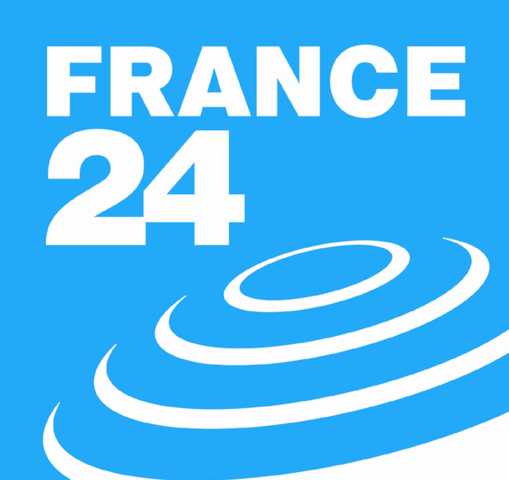Issued on: Modified:
Iranian protesters and newspapers piled pressure on the countrys leadership and riot police stepped up their presence in Tehran on Sunday after Irans military admitted that it had mistakenly shot down a Ukrainian airliner.
Advertising
Read more
Riot police fired teargas at thousands of Iranians who had taken to the streets late on Saturday in the capital and other cities, many chanting “Death to the dictator”, directing their anger at Irans top authority, Supreme Leader Ali Khamenei.
Images and reports of the protests were carried by state-affiliated news agencies, alongside videos on social media.
Tehran residents told Reuters that police had stepped up their presence in the capital on Sunday morning.
“Apologise and resign,” Irans moderate Etemad daily wrote in a banner headline on Sunday, saying the “peoples demand” was for those responsible for mishandling the plane crisis to quit.
All 176 people aboard the flight, many of them Iranians with dual citizenship, were killed.
Protests erupted after Saturdays admission that the military accidentally shot down the Ukraine International Airlines plane minutes after take-off on Wednesday, when Iranian forces were alert for U.S. reprisals after tit-for-tat strikes.
For days, Iranian officials had vigorously denied it was to blame, even as Canada, which had 57 citizens on the flight, and the United States said their intelligence indicated an Iranian missile was to blame, albeit probably fired in error.
Irans president said it was a “disastrous mistake” and apologised. But a top Revolutionary Guards commander added to public anger about the delayed admission, when he said he had told the authorities a missile hit the plane the day it crashed.
Challenges
Another moderate daily Jomhuri-ye Eslami, or Islamic Republic, wrote in an editorial: “Those who delayed publishing the reason behind the plane crash and damaged peoples trust in the establishment should be dismissed or should resign.”
Criticism of the authorities in Iran is not unusual, but it tends to stay in narrow boundaries.
The press attacks and protests add to challenges facing the establishment, which in November faced the countrys bloodiest unrest since the 1979 Islamic revolution.
As Saturdays protests spread across Iran, including major cities such as Shiraz, Isfahan, Hamedan and Orumiyeh, U.S. President Donald Trump said on Twitter: “We are following your protests closely, and are inspired by your courage.”
“There cannot be another massacre of peaceful protesters, nor an internet shutdown. The world is watching,” he said, posting his tweets in both Farsi and English.
Britain said its ambassador in Iran had been briefly detained on Saturday by the authorities in Tehran. A news agency said he was detained outside a university for inciting protests.
Britains Foreign Secretary Dominic Raab called it “a flagrant violation of international law.”
“The Iranian government is at a cross-roads moment. It can continue its march towards pariah status with all the political and economic isolation that entails, or take steps to de-escalate tensions and engage in a diplomatic path forwards,” he said.
Protests inside Iran followed a build-up of tension between Iran and the United States, which withdrew from Tehrans nuclear pact with world powers in 2018 and then re-imposed sanctions that have steadily crippled the Iranian economy.
Horrific
On Jan. 3, a U.S. drone strike in Iraq killed prominent Iranian commander Qassem Soleimani, responsible for building up Irans network of regional proxy armies in Iraq and beyond, and Tehran responded with missile strikes on U.S. targets in Iraq.
No U.S. solRead More – Source



